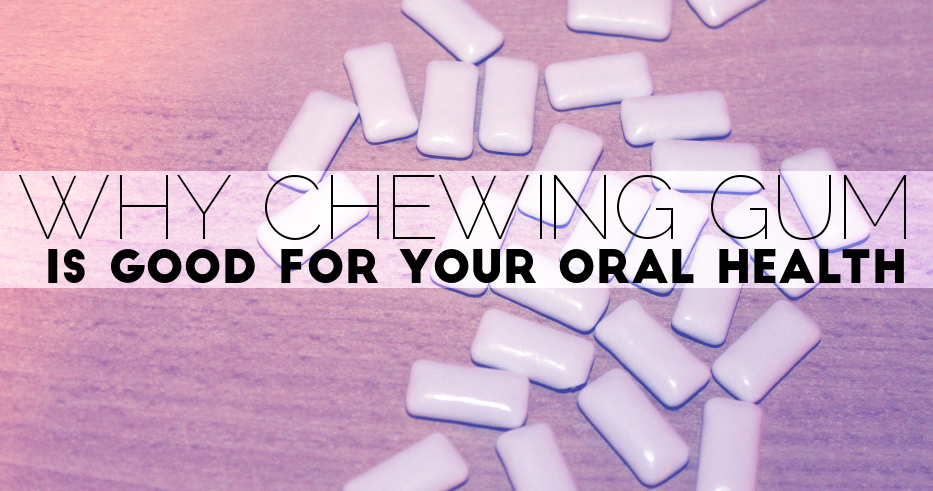
Not all chewing gum is created equally. While people have been chewing gum variations since the beginning of time, there is a difference between gum that is good for your teeth, and gum that is bad for your teeth.
The Bad Chewing Gum
Gum containing sugar should be avoided by those wary of their oral health. Sugared gums essentially coat your teeth in sugar until the next time you brush your teeth. Sugar induces tartar and plaque buildup, which in tern propagates your risk for periodontal disease. Do your dental health a favor and avoid sugared gums!
The Good Chewing Gum
The good gum comes in the form of sugarless. Sugarless gum has been shown to have oral health benefits and can even help to prevent tooth decay. Chewing sugarless gum for 20 minutes a day can help protect your teeth. The act of chewing gum stimulates the saliva glands in your mouth. Saliva neutralizes and washes away the acids in your mouth that are produced by broken down foods. By washing away this acid, you are protecting your enamel. So when you chew gum after a meal, you’re helping propagate the acid-cleaning saliva that plays an important part in your oral health.
Increased saliva flow also helps to carry more phosphorus and calcium around your mouth. These nutrients are key to strengthening enamel, which lowers your risk for tooth decay.
Chewing sugarless gum after a meal has even earned the seal of approval from the American Dental Association (ADA). That means that chewing sugarless gum is certified to meet certain dental standards such as reducing plaque acids, reducing cavities, and it must also show that it is safe to oral tissues.
After lunch, opt for a piece of sugarless gum. Not only will it keep your teeth healthy, but it will also give you fresh breath.
To learn how chewing gum could be affecting your oral health, schedule a visit to your local dentist in Boston’s Back Bay. The knowledgeable staff here at Warshauer & Santamaria will help you achieve the smile you’ve always wanted!
Tags: diet